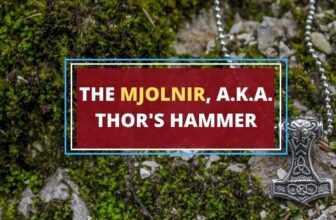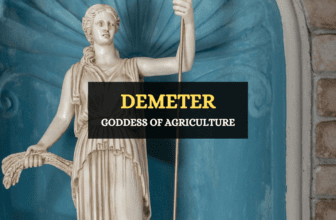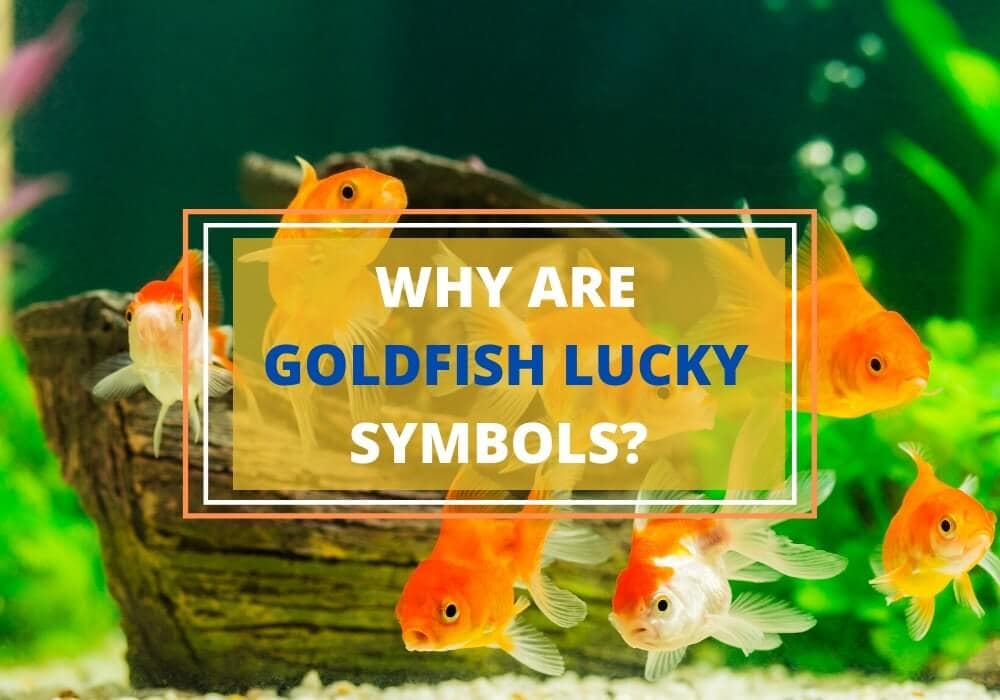
Table of Contents
Have you ever wondered why goldfish are among the most popular pets in the world? One reason is because they are believed to bring good fortune and prosperity to the homes that take care of them. The design of the goldfish is also quite popular in use as charms and pendants to those who can’t really raise them as pets.
But how did this all come about? Let’s find out.
Where Did Goldfish Come From?
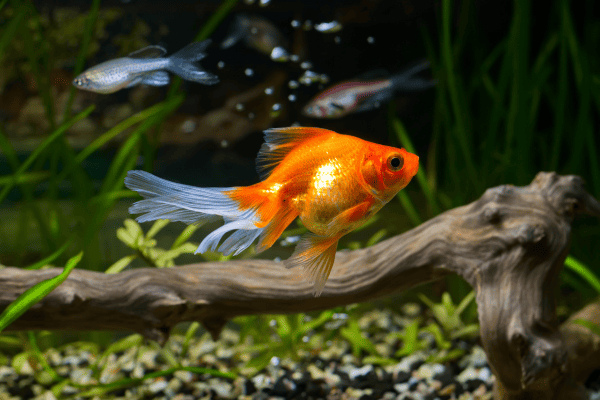
Goldfish, well-known and loved aquarium pets, have a history stretching back over a thousand years. They first appeared in East Asia and were domesticated in China during the Tang Dynasty, around 618 to 907 AD. Goldfish came from the Prussian carp, a grayish-brown fish native to that area.
Chinese nobles originally raised them in ponds, selectively breeding them for bright colors, especially gold, which is how they got their name. By the Song Dynasty, from 960 to 1279 AD, goldfish were common in decorative ponds and water gardens across China. Keeping goldfish in indoor containers or bowls started in the Ming Dynasty, from 1368 to 1644 AD, beginning their role as household pets.
Over time, selective breeding created many different breeds and colors of goldfish. They spread to Japan, Europe, and other parts of the world, becoming one of the most popular freshwater aquarium fish everywhere.
History of Goldfish as Lucky Symbols
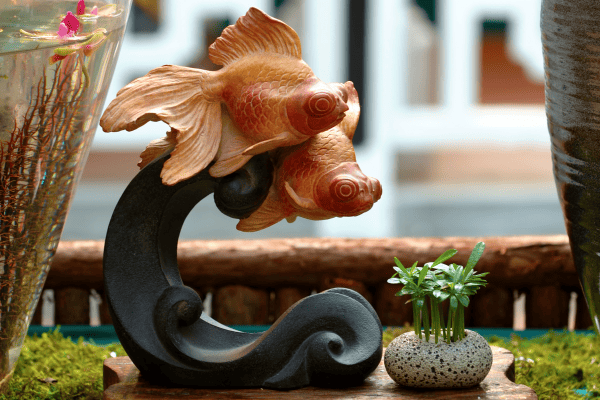
Goldfish have been symbols of luck and wealth for over a thousand years, starting in ancient China. Their golden color, seen as beautiful and valuable, linked them to wealth and good fortune. The Chinese name for goldfish, “Jinyu,” combines the words for gold and abundance, making them a symbol of wealth and plenty. This made them very popular, especially during Chinese New Year as symbols of good luck for the year ahead.
This belief wasn’t just in China. Across Asia, goldfish were also considered lucky. In Japan, they were common in household ponds, seen as symbols of luck and fortune. Their graceful and peaceful swimming was thought to be calming and symbolically linked to the flow of good fortune in life.
This symbolism spread worldwide, and now goldfish are globally recognized as signs of luck and prosperity. Today, people often keep goldfish in aquariums and ponds in homes and businesses for decoration and to bring positive energy and good luck. The lasting popularity of goldfish as symbols of luck shows their deep cultural and historical importance.
Symbolism of Goldfish in Various Cultures
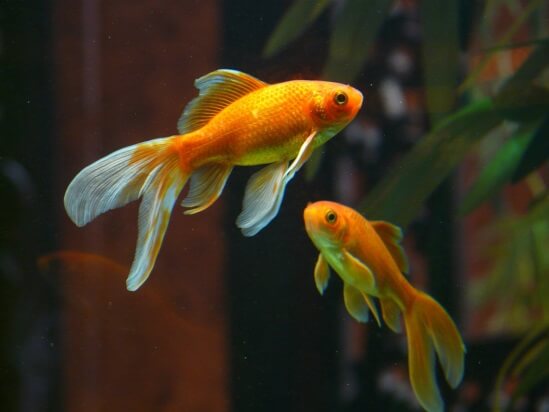
Various cultures consider fish to bring good luck. That’s why many religions have a certain admiration and even near worship for the animal. Fish has been a recurring animal in Christianity, with the fish being an early symbol for Christ.
Meanwhile in Buddhism, it’s said that 2 golden fish were offered to Buddha after his enlightenment. These represent the Ganges and Yamuna Rivers, which are both located in India. These are thought to symbolize living fearlessly, happily, and abundantly.
1. Goldfish in Chinese Culture
Goldfish are considered lucky in Chinese culture partly because they can reproduce quickly, symbolizing abundance. In Feng Shui, the word for fish sounds like the word for abundance, reinforcing this belief. The tradition of seeing goldfish as lucky comes from their origins in China during the Tang Dynasty. Goldfish, part of the carp family, often get mistaken for koi, but koi are larger and can’t live in small aquariums.
The main reason goldfish are seen as lucky in China is their gold color, linked to actual gold. Their smooth movements are also thought to bring good energy to where they are kept. Feng Shui advises having eight goldfish in an aquarium for positivity, and at least two for harmony in relationships. Including a black goldfish is believed to keep away bad luck.
Originally, goldfish were more gold than orange, but in ancient China, only the royal family could own gold-colored things. So, common people bred orange goldfish to still enjoy their lucky properties.
2. Goldfish in Japanese Culture
Chinese traders were also the ones who brought in goldfish to Japan, hence the same belief that goldfish bring good fortune, wealth, and harmony passed on to them. Furthermore, the Japanese also believe that goldfish bless couples not just with harmony, but with children, too. Goldfish in Japan are most often red and black. The red goldfish brings luck, while the black ones repel misfortune.
Goldfish have also become a part of the Japanese’s summer festivals and other religious holidays in the form of goldfish scooping. In fact, they even have a national competition for the said practice! The origins of this scooping competition remain unknown but enthusiasts believe that it is significant to forge a special bond with peers and also to teach children on how to be gentle and polite.
3. Goldfish and Europe
Europe also has not been spared from the trend of lucky goldfish. In the 1620s, goldfish became a popular gift for the first-year anniversary of a married couple, especially for Southern Europeans. The belief was that the couple would be blessed with good fortune and with children.
General Meaning and Symbolism of Goldfish
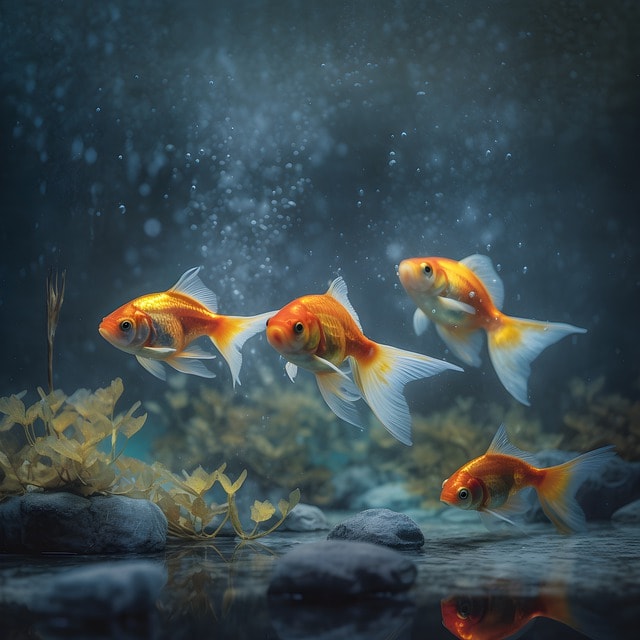
Goldfish carry meanings that have stood the test of time across different cultures globally. They are commonly seen as symbols of wealth and prosperity, a belief stemming from their golden color and the resemblance between the Chinese words for “fish” and “abundance.”
Additionally, keeping two goldfish is thought to foster harmony within relationships and families. In the realm of Feng Shui, an aquarium with eight goldfish is believed to bring positivity to its surroundings. The black goldfish holds a special place in both Chinese and Japanese beliefs; having one in your aquarium is thought to protect against bad luck.
Goldfish are symbols of fertility and abundance, owing to their reproductive nature. Therefore, having goldfish at home or giving them as gifts is often seen as a wish or blessing for couples to have children.
Goldfish in Art and Literature
Goldfish have been popular in art and literature for a long time, often symbolizing different feelings and ideas. In Chinese and Japanese art, artists frequently depict goldfish in peaceful pond scenes, representing beauty, calmness, and nature’s balance.
These fish are common in Asian brush paintings, symbolizing wealth and good fortune, and they often appear in art celebrating the Chinese New Year as signs of plenty. During the Impressionist period in Western art, artists like Henri Matisse painted goldfish in bright, colorful aquariums, showing domestic peace and life’s simple pleasures.
In literature, goldfish typically symbolize the short-lived nature of beauty and life. This theme appears in stories like Anton Chekhov’s “The Goldfish.” They also represent being trapped and the desire for freedom, a theme explored in modern stories and children’s books, where the goldfish bowl often stands for the limits of the characters’ world.
The appeal of goldfish in both art and literature comes from their ability to inspire wonder and deep thought, making them lasting subjects in creative works around the world and through different times.
Goldfish in Jewelry and Fashion
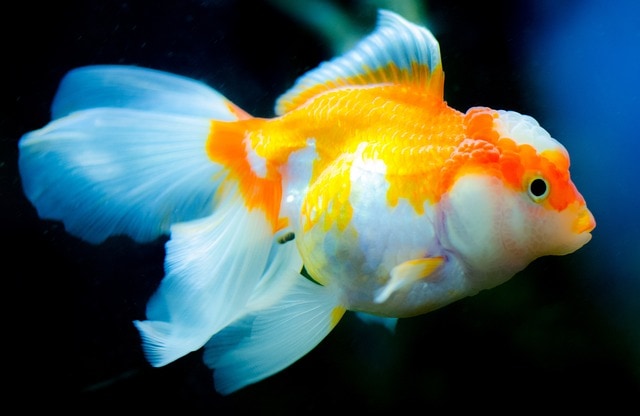
Not everyone can take care of goldfish at home. That’s why most people are content with wearing the symbol of goldfish as charms, pendants, and even patterns for clothing. Below is a list of the editor’s top picks featuring the goldfish symbol.
There is a trend where goldfish patterns and images are depicted on all kinds of clothing. There are also those who’ve used the actual shape of goldfish in creating quirky bags to bring good luck.
A goldfish is also a pretty popular pattern for tattoo artists and enthusiasts. Some women particularly love inking goldfish onto their skin because of its minimalist design. Others get it in an “irezumi” style tattoo, which is a style for goldfish tattoos popular in Japan.
Goldfish in Feng Shui
In Feng Shui, an ancient Chinese practice of aligning people with their environment, goldfish symbolize good luck and wealth. Their bright colors and smooth swimming are thought to bring in positive energy, or ‘Chi’. Gold or yellow goldfish are considered especially lucky, representing wealth. Feng Shui suggests having nine goldfish in an aquarium – eight gold or red ones for prosperity and one black one to absorb negativity.
Placing a goldfish tank in certain areas of a home or office can enhance different life aspects. For example, an aquarium in the wealth area (southeast) is believed to increase financial luck, and in the career area (north) to help with job success.
The goldfish’s swimming helps balance the energy in a space, aiding in relaxation and reducing stress. Caring for goldfish also brings responsibility and focus. Goldfish in Feng Shui, therefore, are more than just decor; they are seen as tools for achieving balance, harmony, and positive changes in life.
Goldfish in Modern Culture

Wrapping Up
Although, the concept of goldfish as lucky symbols is much more popular in Asian cultures because of the influence of Feng Shui, in general, goldfish have become a favorite pet and a positive symbol around the world. Their natural beauty and grace make them a joy to have around and the added symbolism is the icing on the cake.







